
When Nikon announced the successor of my good old AF-S 300mm f/4D I was very enthusiastic! Much lighter, much smaller, with VR, with a similar maximum magnification and with a little better MTF curves - the new lens seemed to be a significant improvement over my AF-S 300mm f/4D with its 15-year-old design. The "4.0D" is one of my most important lenses. Since 2008, when I bought my first full-frame DSLR, I have used it intensively - have a look at my galleries.
Currently, Nikon offers three 300mm Nikkors: the new 4.0E, my old 4.0D and the 2.8 VRII. As of April 2016 the street prices in Germany are 1750, 1100 and 5100 euros. Here comes a short comparison of the specs as published on nikonusa.com:

|
The reviews on the Web for the 4.0E are a bit patchy. They report VR problems, decentering problems, strong vignetting and backlight problems. Maybe, there are more than the usual sample variations. But the backlight problem was already adressed by Nikon itself in the announcement. Due to the "Phase Fresnel lens" inside the 4.0E, bright light sources cause large blue flares. That can make your image unusual. I like to photograph animals close to the water and often in bright sunlight. I guess, such subjects are critical with the 4.0E.
While dxomark.com has not tested the lens yet, lenscore.org published their results months ago. Let's compare the lenscore.org measurements of the three 300mm Nikkors:

|
That leaves the impression that the new 4.0E is more of a compromise between weight and performance than a completely improved successor of the 4.0D!
At lenscore.org they test the lenses on a custom-built 200MP sensor. What do these measurements say about the lens performance on the 16MP low resolution sensors I use? Are there visible differences between the three lenses?
To find answers on these questions I rented a 300mm f/2.8G VRII for a 4-day trip to my beloved little island of Heligoland in April. It is a good place for me to evaluate a telephoto lens, because have I shot about 15k images on Heligoland with my 4.0D over the last three years.
Another part of my intention for the rent was reach: I tried my 4.0D in conjunction with the TC-20EIII in order to get more reach, but the results were dissatisfying (see here for details). In contrast, the 2.8 is reported to perform very good in combination with the TC-20EIII. I wanted to check it out for myself!
Nikon's super telephoto lenses are heavy and bulky things. What about the handling of the 2.8? Can I use it hand-held like my 4.0D or do I need a monopod or tripod all the time? These questions also accounted for renting a 2.8.
BTW: I rented the lens online at zoomyrentals.de (see my 'links' section).
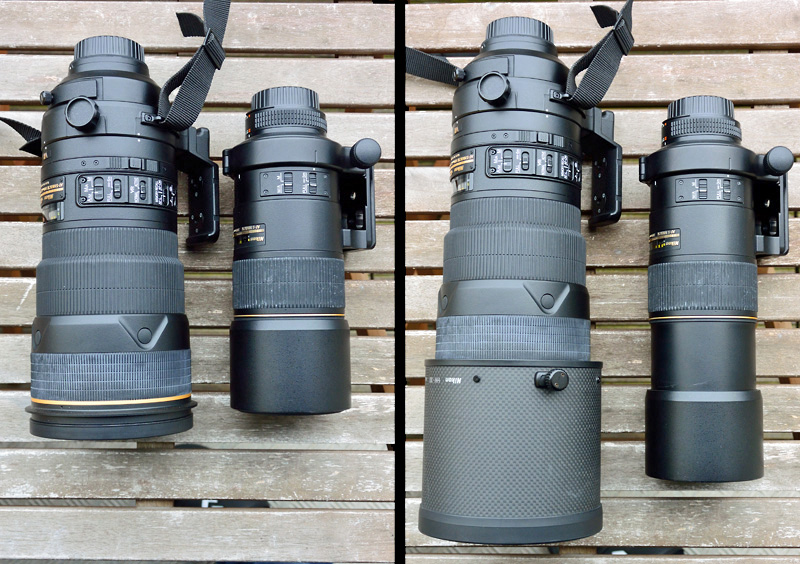
|
|
Size comparison of the 2.8 and the 4.0D without and with hood. |
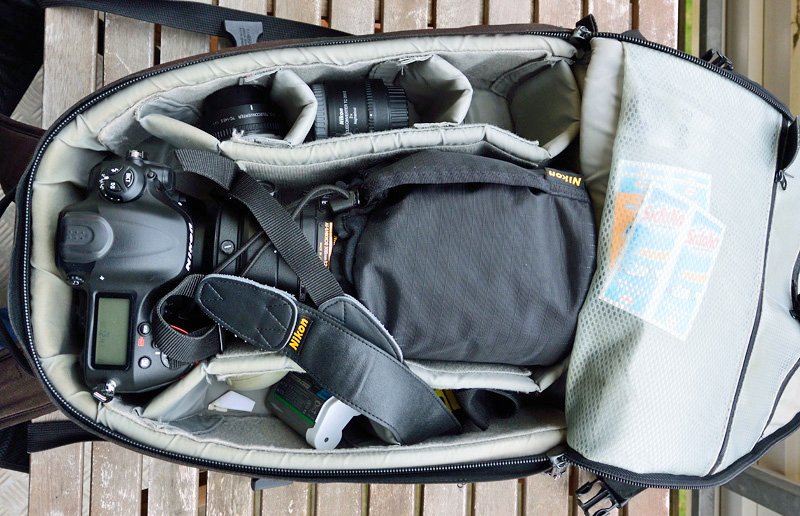
|
|
My old LowePro MiniTrekker AW (or the newer Pro Runner 300 AW) is big enough for the D4 with the 2.8 lens mounted with reversed hood and soft cap. Additionally, teleconverters, a 180mm f/2.8 lens and a 28-70mm f/3.5-4.5 go in, too. |
|
|
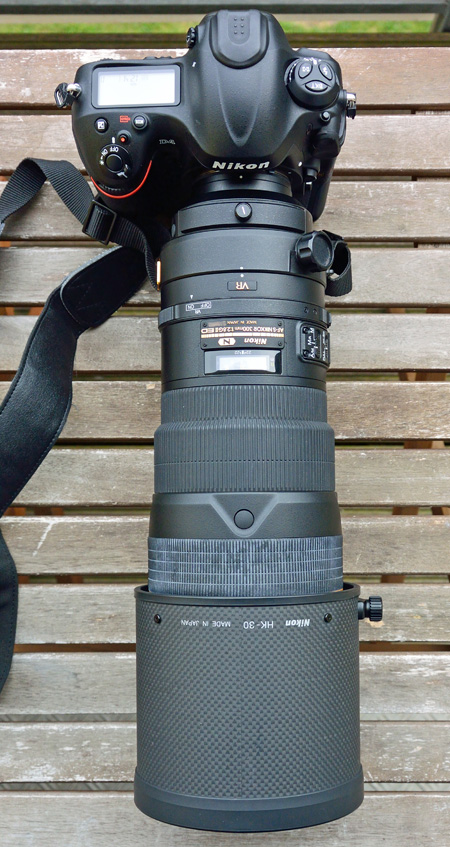
|
Despite its size and weight the 2.8 is overall easy to handle.
If you use a small backpack like I did on Heligoland, it is a bit fiddly to get ready to shoot: you must remove the soft cap, dismount the reversed hood and remount it. A bigger backpack that allows to leave the hood mounted is a good idea!
Of course, you must not carry the unit with your camera strap! You should remove it. Use the LN-1 strap (in delivery) in conjunction with the strap eyelets on the lens instead - that makes the lens plus professional body very well balanced. I carried the lens plus my D4 for many hours with the strap over my shoulder without any problems.
Temporary alternative: the tripod mount makes a very good carrying handle.
Mounted on my D4 the lens is very well-balanced for hand-held shooting (I always had the tripod mount turned upwards). Even longer shooting sessions were not a problem for me. Therefore I shot only hand-held during my visit on Heligoland, even in combination with a teleconverter. BTW: the VR works fine. I can hold shutter times of about 1.5 stops slower compared to the 4.0D.
I found the focus operation buttons on the lens to be very helpful for focus lock. I will miss them on my 4.0D!
The HK-30 hood (in delivery) seems to be very stable. It has a rubber front, just like the lens itself. That allows you to put the complete unit upright onto the ground.
Yes, the 2.8 delivers a better image quality than my 4.0D. The images are a little bit more contrasty and slightly sharper! Even wide open the lens is tack sharp across the frame.
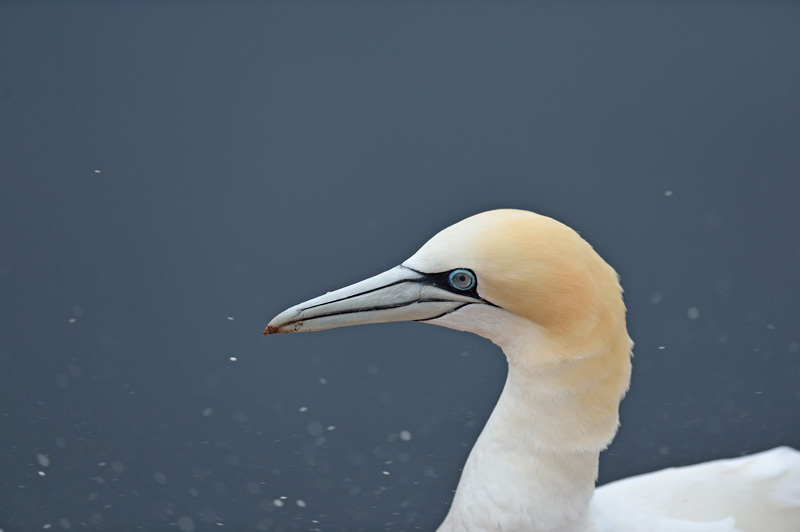
|
|
300mm f/2.8G VRII at F2.8 - just raw converted with Capture NX2 - stormy morning at the bird cliff. |
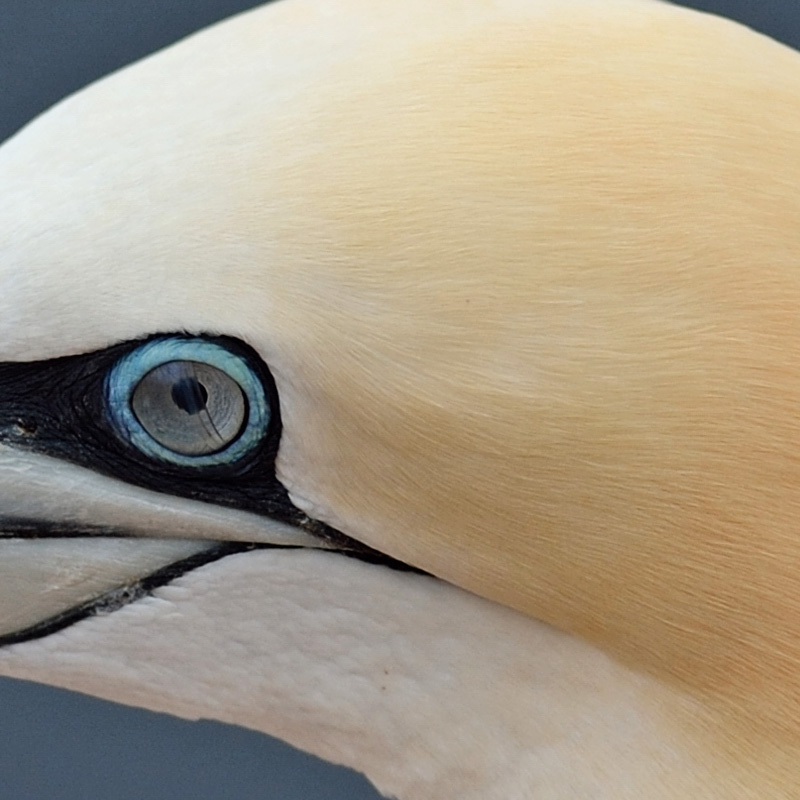
|
|
100% crop of the above image. |
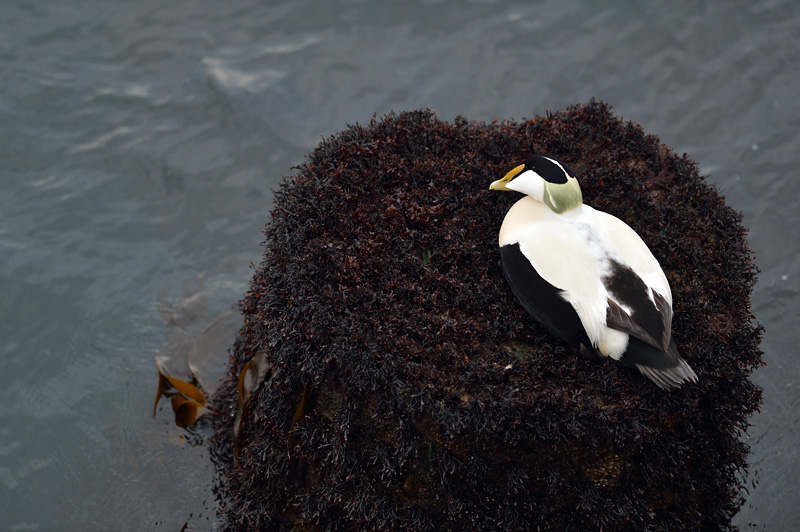
|
|
300mm f/2.8G VRII at F4 - just raw converted with Capture NX2 - Eider duck. |
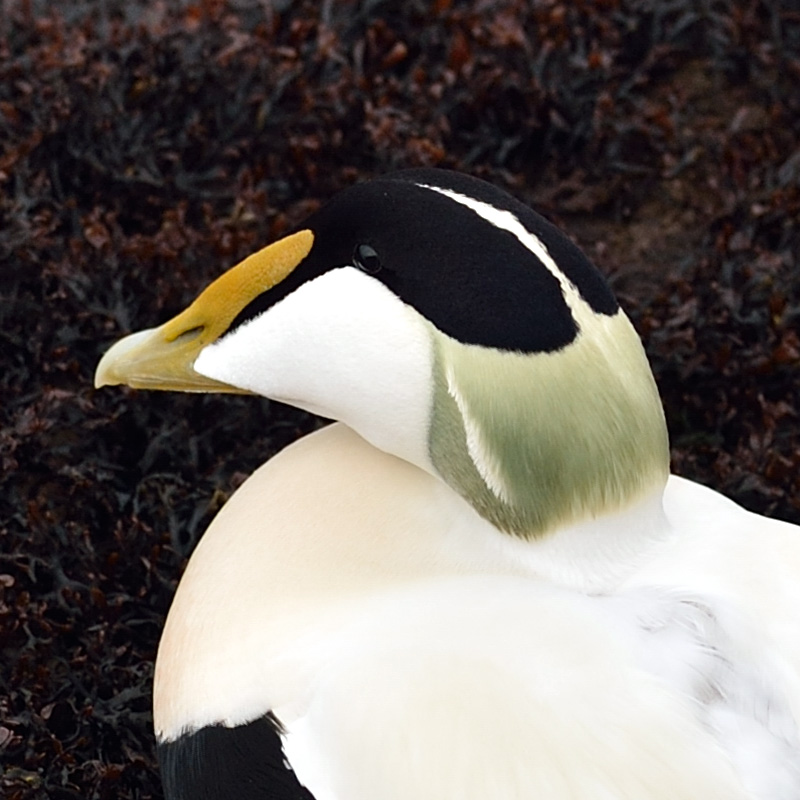
|
|
100% crop of the above image. |
In terms of bokeh the 2.8 is clearly better than my 4.0D, although not perfect.
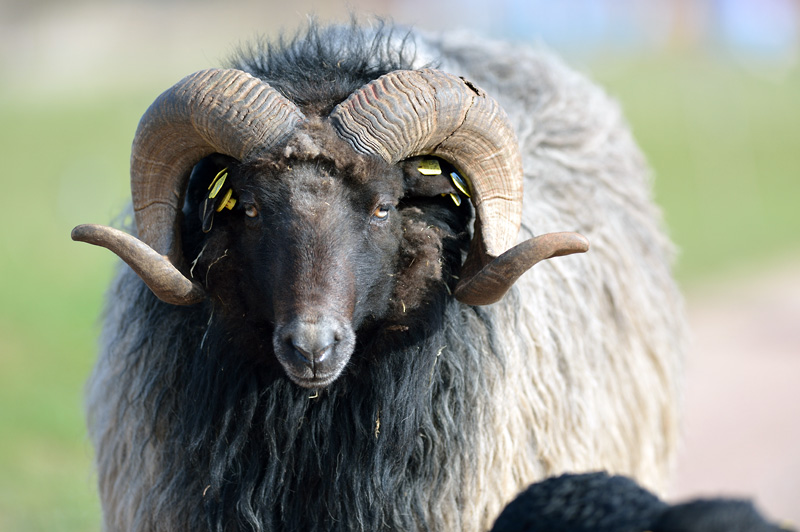
|
|
300mm f/2.8G VRII at F2.8 - a very creamy bokeh. |
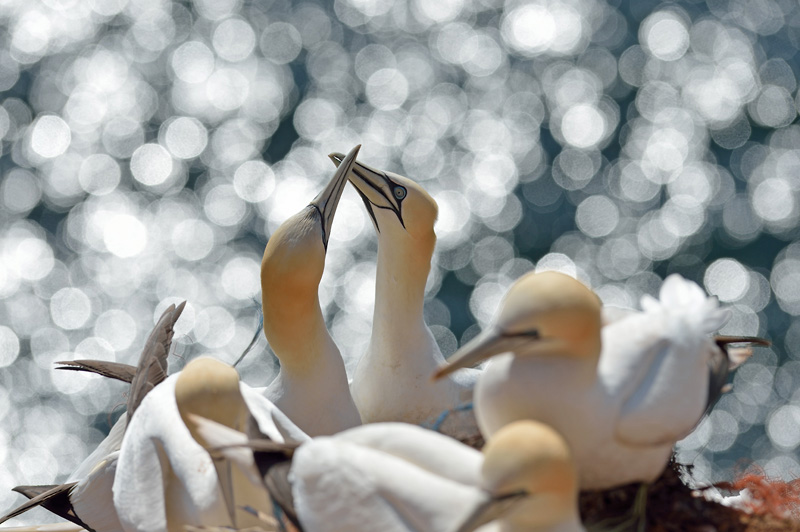
|
|
300mm f/2.8G VRII at F5.6 - The bokeh is neutral here. This is the view down a 45-metres-high cliff with sun reflections on the water surface in the background. The image below is the same but with focus on the background. |
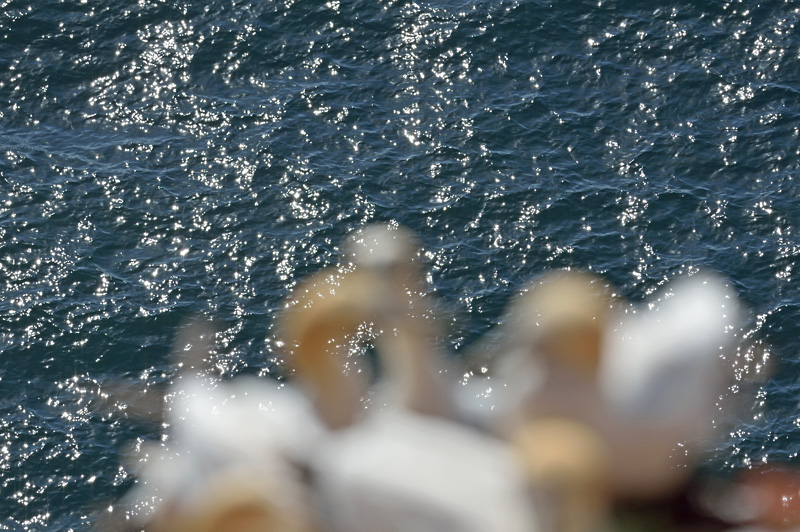
|
Another important point is that the 2.8 shows nearly no vignetting, which is great!
Just a moment: vignetting? "Today, vignetting is not a problem because it is easily correctable in Photoshop.". A statement like this can be found in hundreds of reviews on the Web. Nevertheless, it is simply wrong! Vignetting correction means to brighten parts of the image. But brightening up implies an increase of noise, a decrease of dynamic range, and so on. Therefore, a lens without vignetting is faster than a lens that vignettes!
At last a word about the AF-S: the 2.8 works much faster and a bit more quiet than the 4.0D.
Just like the 4.0D, the 2.8 works very well in conjunction with my 1.4x teleconverter. Again, the 2.8 performs a bit better than the 4.0D.
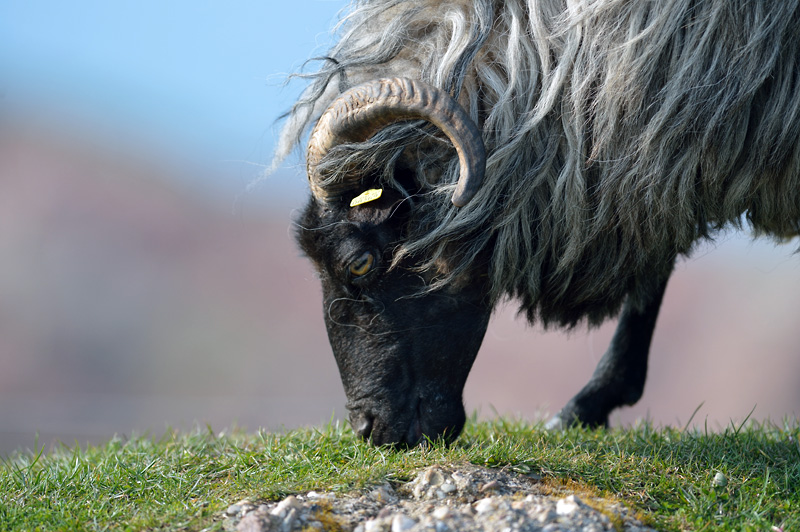
|
|
300mm f/2.8G VRII + TC-14EII at F4 - just raw converted with Capture NX2 - This combo is absolutely usable wide open! |
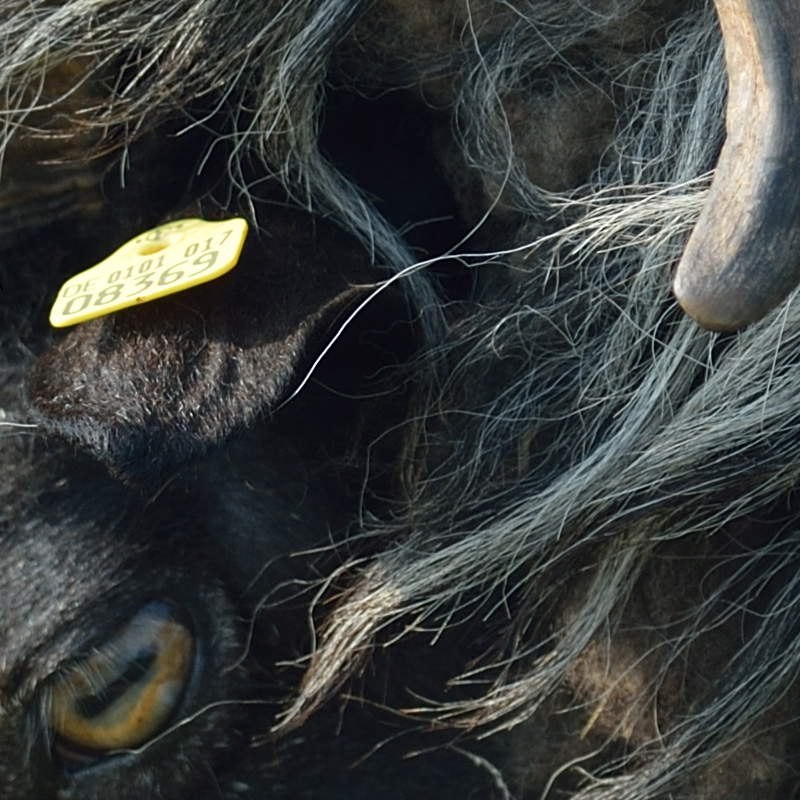
|
|
100% crop of the above image. |
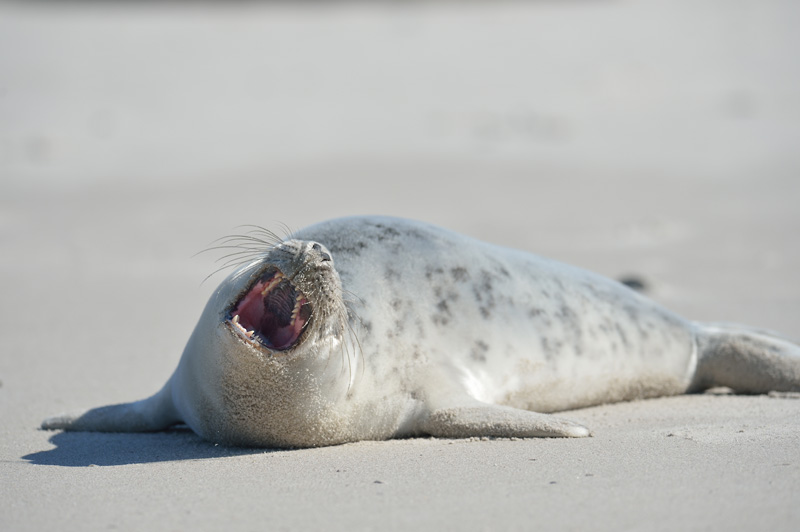
|
|
300mm f/2.8G VRII + TC-14EII at F5.6 - just raw converted with Capture NX2 - young grey seal female. |
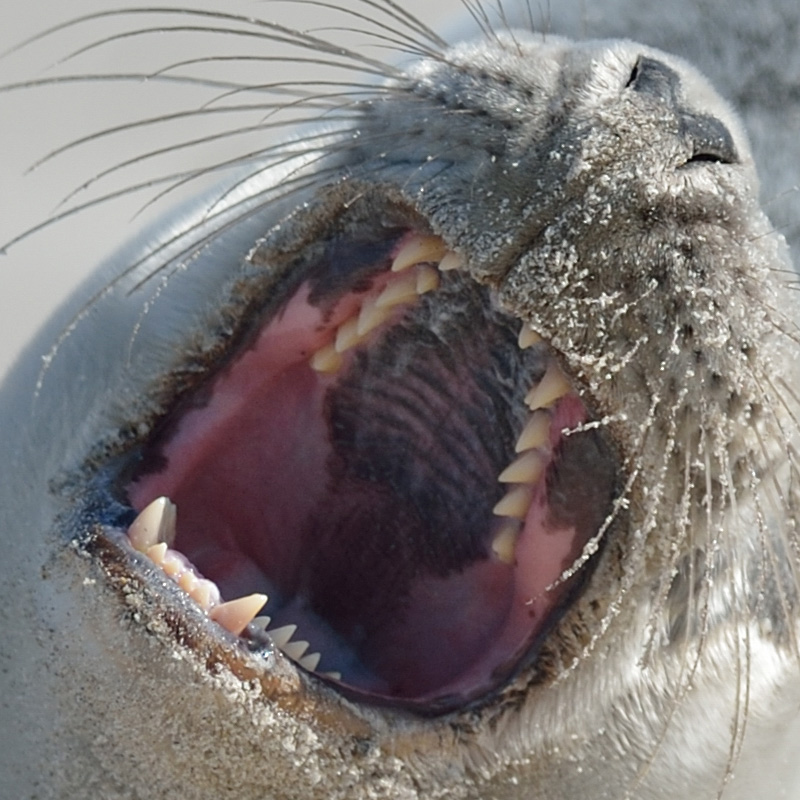
|
|
100% crop of the above image. |
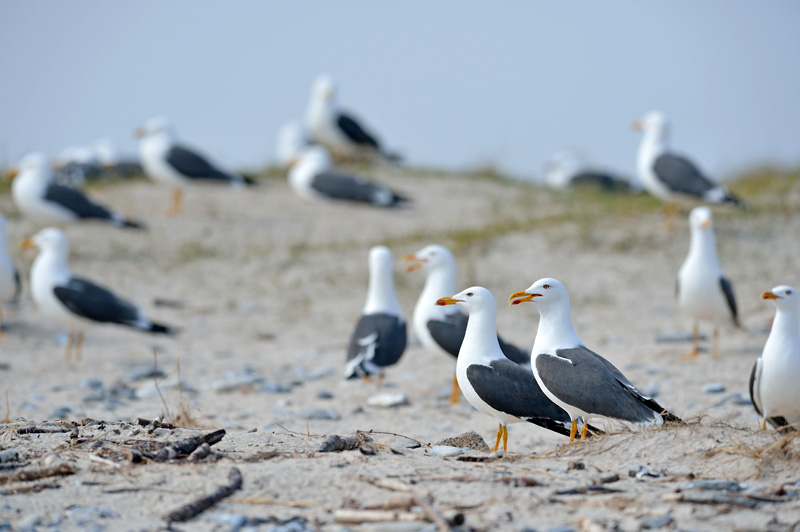
|
|
300mm f/2.8G VRII + TC-14EII at F5.6 - just raw converted with Capture NX2 - at the edge of the gull colony. |
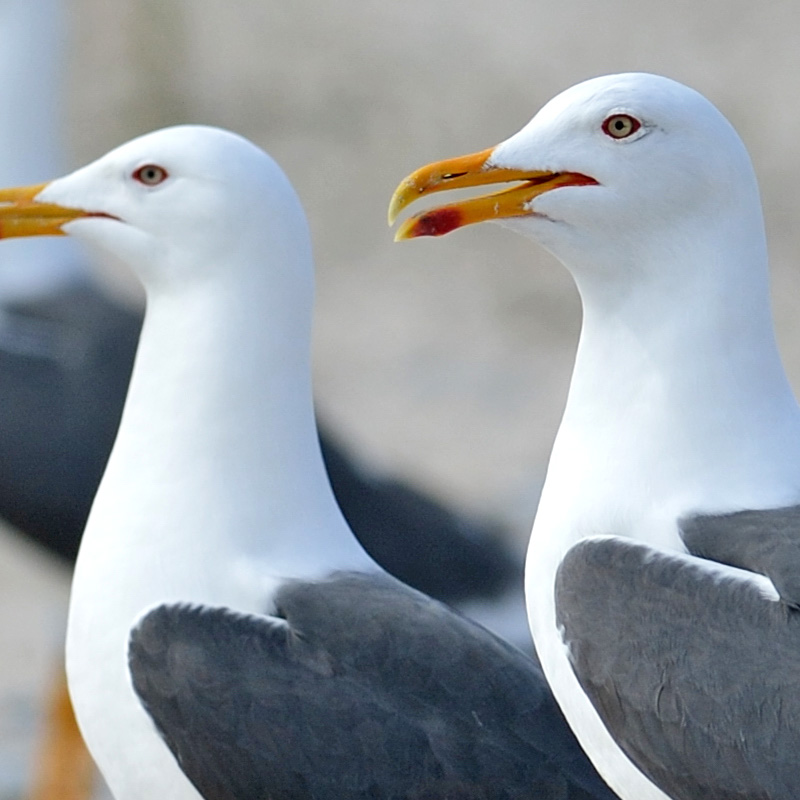
|
|
100% crop of the above image. |
Indeed, the 2.8 works great on the TC-20EIII! The AF of my D4 slows down a bit with this combo - capturing birds in flight should not be your main interest. But the AF works precisely and the optical performance is only slighty worse compared to the 1.4 converter!
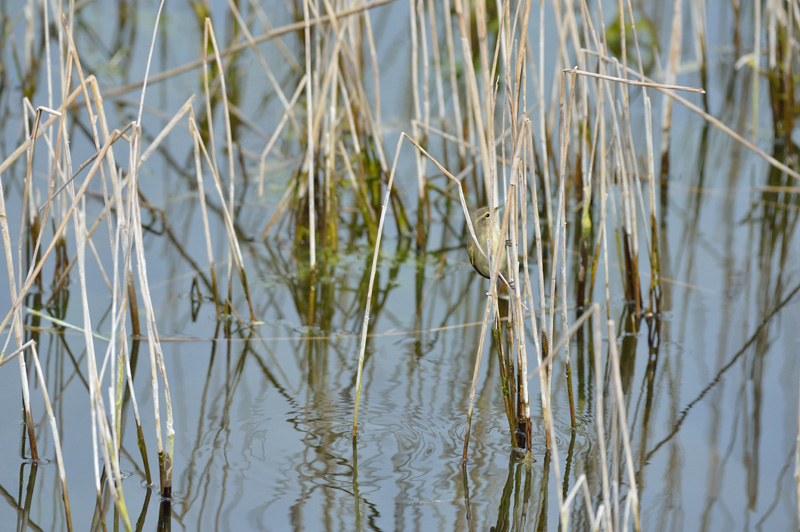
|
|
300mm f/2.8G VRII + TC-20EIII at F8 - just raw converted with Capture NX2 - Chiffchaff |
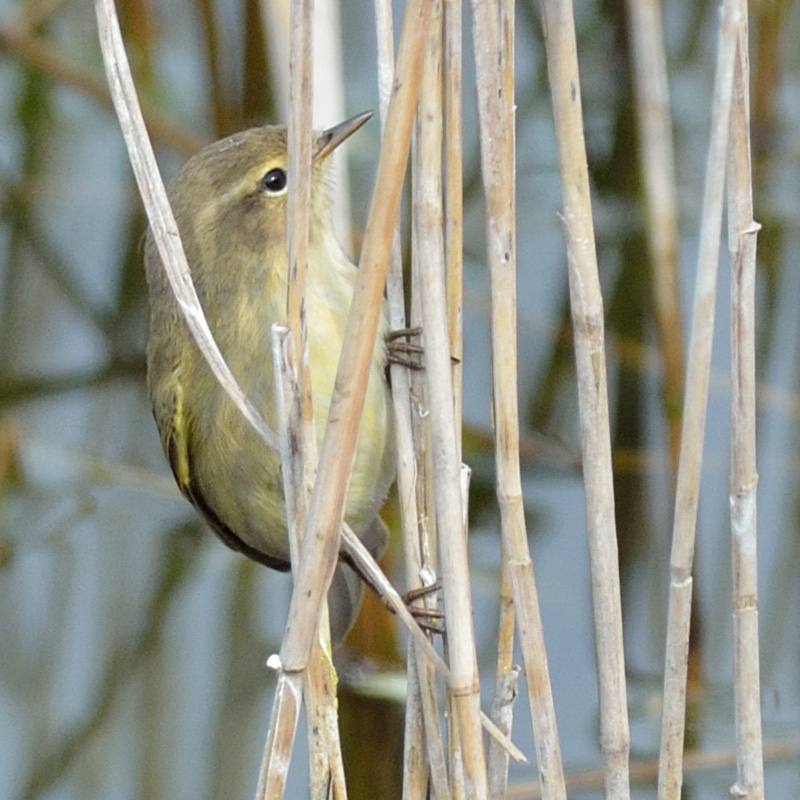
|
|
100% crop of the above image. |
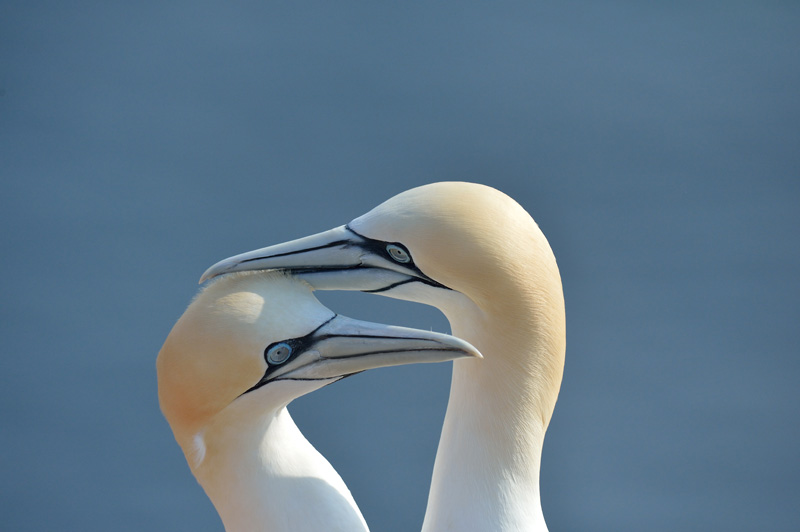
|
|
300mm f/2.8G VRII + TC-20EIII at F8 - just raw converted with Capture NX2 - Gannet couple |
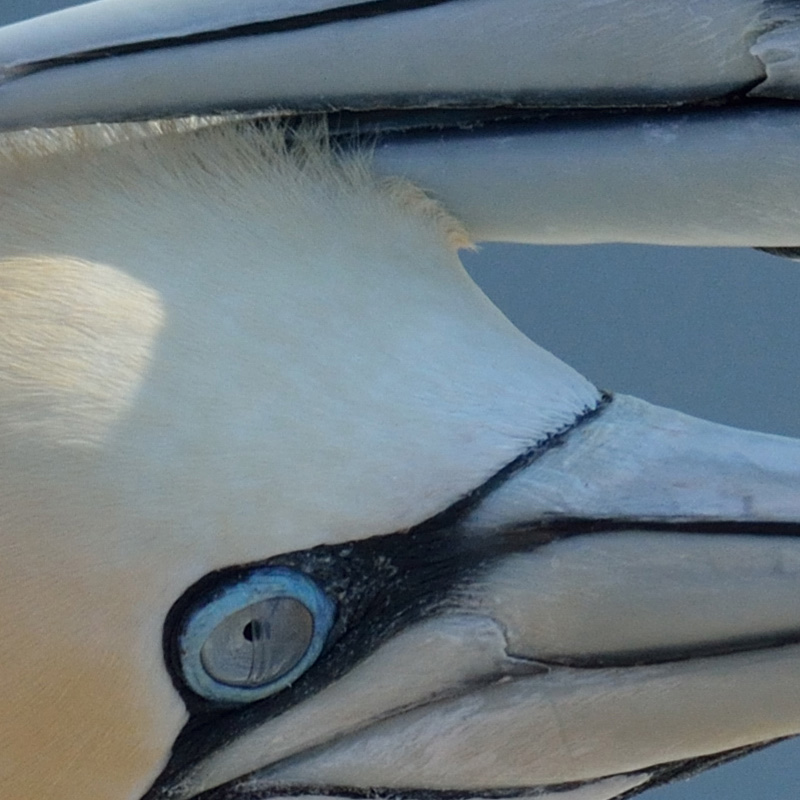
|
|
100% crop of the above image. |
After four days and around 5500 shots I found answers to my questions mentioned above:
Is it worth buying a 300mm f/2.8G VRII? That is a difficult question!
I am thinking about the locations I will possibly visit within the next ten years. For which of these locations would I rent the 2.8 again? So, how much rent do I have to pay in total over the next ten years? More or less than 5100.- euros? I do not know...
Although the 2.8 is fantastic, the 4.0D still is a great lens, it is much lighter and you can go closer. It is better to have the 4.0D in your bag than the 2.8 at home!
What about the 4.0E? According to my above-mentioned findings and to the measurements of lenscore.org I suspect the 4.0E could be visibly worse than the 4.0D. Or they just tested a bad sample.
I thought about renting one for trying it. But I found only one rental service in Germany offering the 4.0E and they want more money per week than I paid for a week with the 2.8!